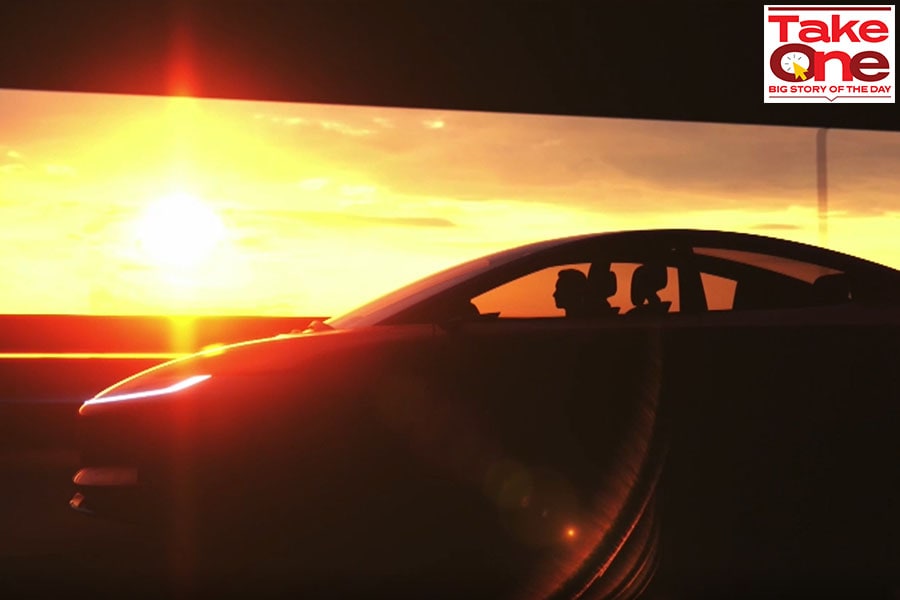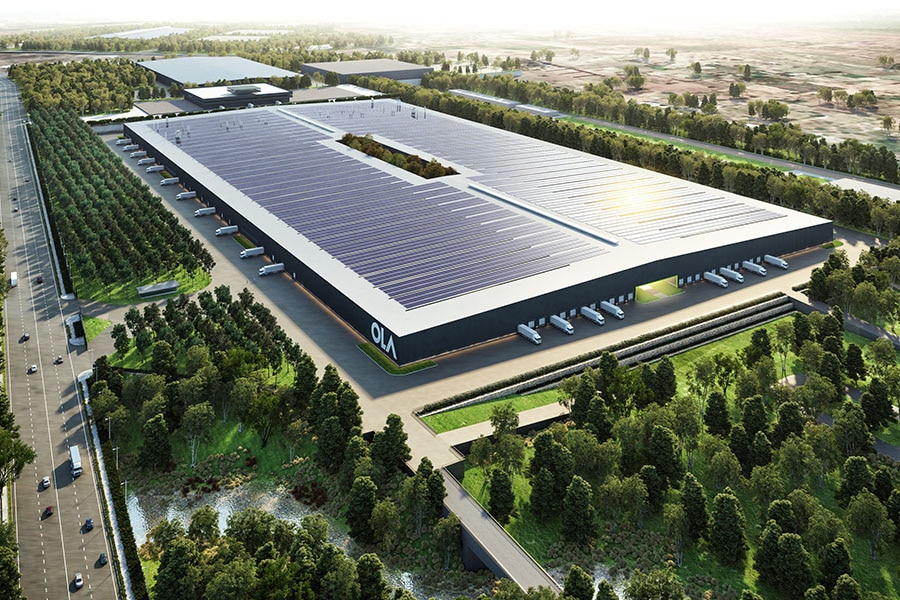
Ola Electric wants to disrupt India's car industry. Does it have what it takes?
Ola has always adopted scale and localisation to bring down costs. But, like the big guns in the space, it will also need to build an ecosystem and explore synergies rather than roughing it out alone
 Ola will launch an electric vehicle that has a range of over 500 km, and even zooms from 0-100 in less than 4 seconds
Ola will launch an electric vehicle that has a range of over 500 km, and even zooms from 0-100 in less than 4 seconds
For a few years now, Bhavish Aggarwal, the CEO of Ola, has made it a habit of making a splash around Independence Day. Exactly a year ago, on August 15, Aggarwal and Ola Electric launched their much-anticipated electric scooter, which had by then already mopped up bookings of 100,000.
Then, on August 15 this year, as India celebrated her 75th Independence Day, the CEO of Ola Electric went all out to tell the world that it was time to put an end to the era of internal combustion engines. To do that, and in the process make India a hub for the global electric vehicle revolution, Aggarwal and his team at Ola are bringing their electric car by 2024. Unlike a mass-market electric vehicle, this time, Aggarwal and his team are planning to bring something of a sporty high-performance vehicle, albeit on the expensive side, with the potential to rival some of the world’s best high-performance cars.
Ola Electric—which began manufacturing two-wheelers only last year—will launch an electric vehicle that has a range of over 500 km, and even zooms from 0-100 in less than 4 seconds, which Aggarwal claims will be the sportiest car made in India. The car will deliver a drag coefficient of less than .21, which would be the best in its class according to Aggarwal, and will feature an all-glass roof and a smooth aerodynamic body.
“The cars being built today are dull and boring,” Aggarwal said in a video presentation on August 15. “Indian carmakers are conservative, thinking that we only want small cars or mid-sized cars. Global automakers think that the Indian market is not ready for world-class technology and hence sell their hand-me-down tech in India. Now we need to change this. We deserve a car that defines this new India, an India that is fearless and believes in writing its own destiny."
The company plans to launch its first car priced at less than $50,000 compared to the global price tag of around $70,000, according to Aggarwal. “It will be the sportiest car ever built in India,” the 36-year-old said at the launch. “With these goals, this is the most ambitious car project ever undertaken in India. Built in India, by Indians for the entire world.”









